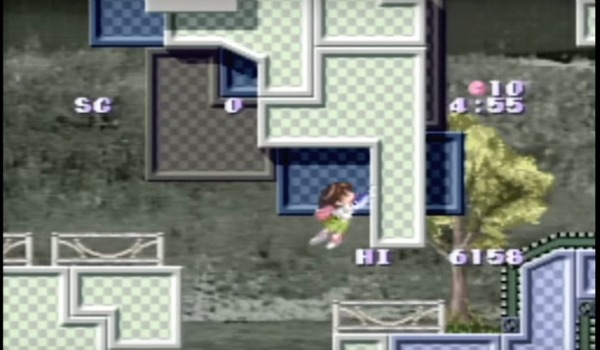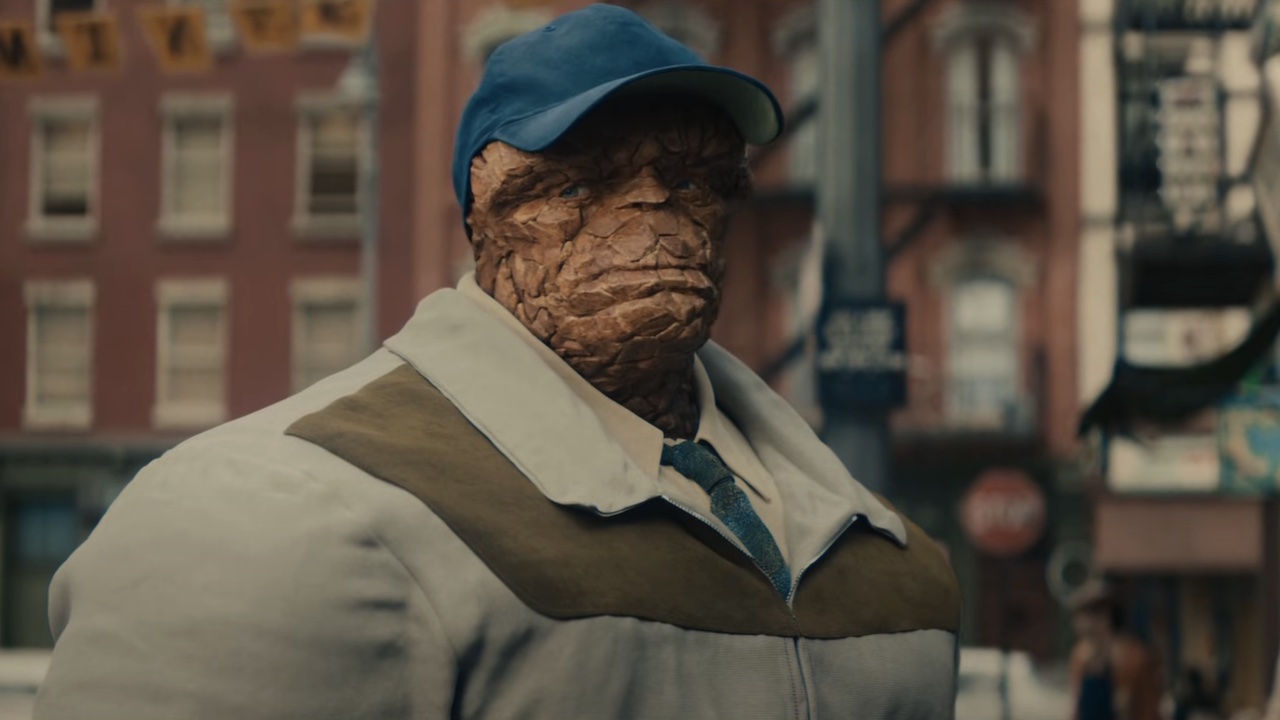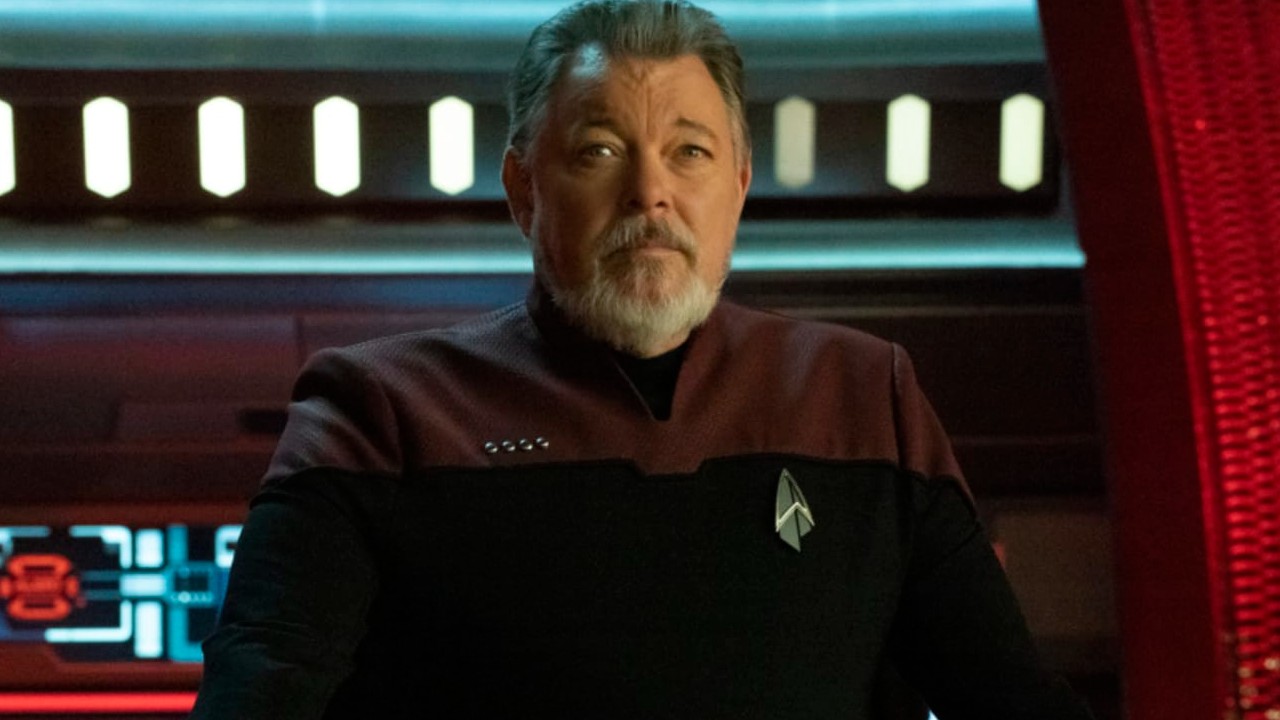Why A Gamer Kept His System On For 20 Years Straight

Do you remember back in the days of Sega Genesis, when saving games was sketchy? There was no such thing as automatic saving and memory cards weren’t a thing yet. If you had pulled out most of your hair trying to get to the last level of Ghouls N’ Ghosts and it was already 4 a.m., you could not turn the console off—otherwise you’d risk losing your game entirely if your cartridge battery died. That’s what happened to the Twitter user, Wanikun, when he was playing the Japanese game, Umihara Kawase, on his Super Nintendo.
Wanikun didn’t want to meet the fate that so many others did, so the hardcore fan left the Super Nintendo switched on—for 20 years. Wanikun stated in the tweet:
Incidentally, I’m pretty sure my first generation Umihara Kawase, which has been on in the SNES for over 20 years, has been in operation for over 180,000 hours. If the power is turned off, I’ll lose all my replay data. Probably.
He didn’t want to risk losing any of his saved data, so he left his console on. Some people on Twitter have asked him if he has tried other, less damaging and insane, ways to beat the game.
Some emulators do offer save options that didn’t exist when the original Super Nintendo was released. Umihara Kawase was released in 1994 on the Super Nintendo (it’s called Super Famicon in Japan). Both the Sega Genesis and the Super Nintendo did have one fatal flaw; sometimes the battery that allowed for saving directly to the cartridge died, meaning that your saved data could no longer be held.
According to RocketNews24, older consoles had what was called SRAM, or Static RAM, that was paired with lithium-ion batteries to hold saved data. As long as those batteries were holding a charge, then your saved data was protected. But when those batteries lost all of their juice, well your saved data was lost with it.
When someone understands the trouble it takes to get so far in a game, especially many of the games on the old Nintendo and Sega Genesis consoles, then that someone can easily understand why a gamer would leave their console on for so long.
CINEMABLEND NEWSLETTER
Your Daily Blend of Entertainment News
I Thought Elsbeth's Bloody Judge Crawford Twist Had To Be A Fake Out, But Now I Have Questions For The Season 2 Finale
A24’s The Legend Of Ochi Hired A YouTuber Making Bird Sounds In His Basement To Work On The Movie, And I'm Wowed By The Whole Process
Charli XCX Is Not Going To Be In Greta Gerwig's Narnia Movie After All, But I'm Psyched That We're Still Getting A Barbie Reunion Thanks To New Casting









